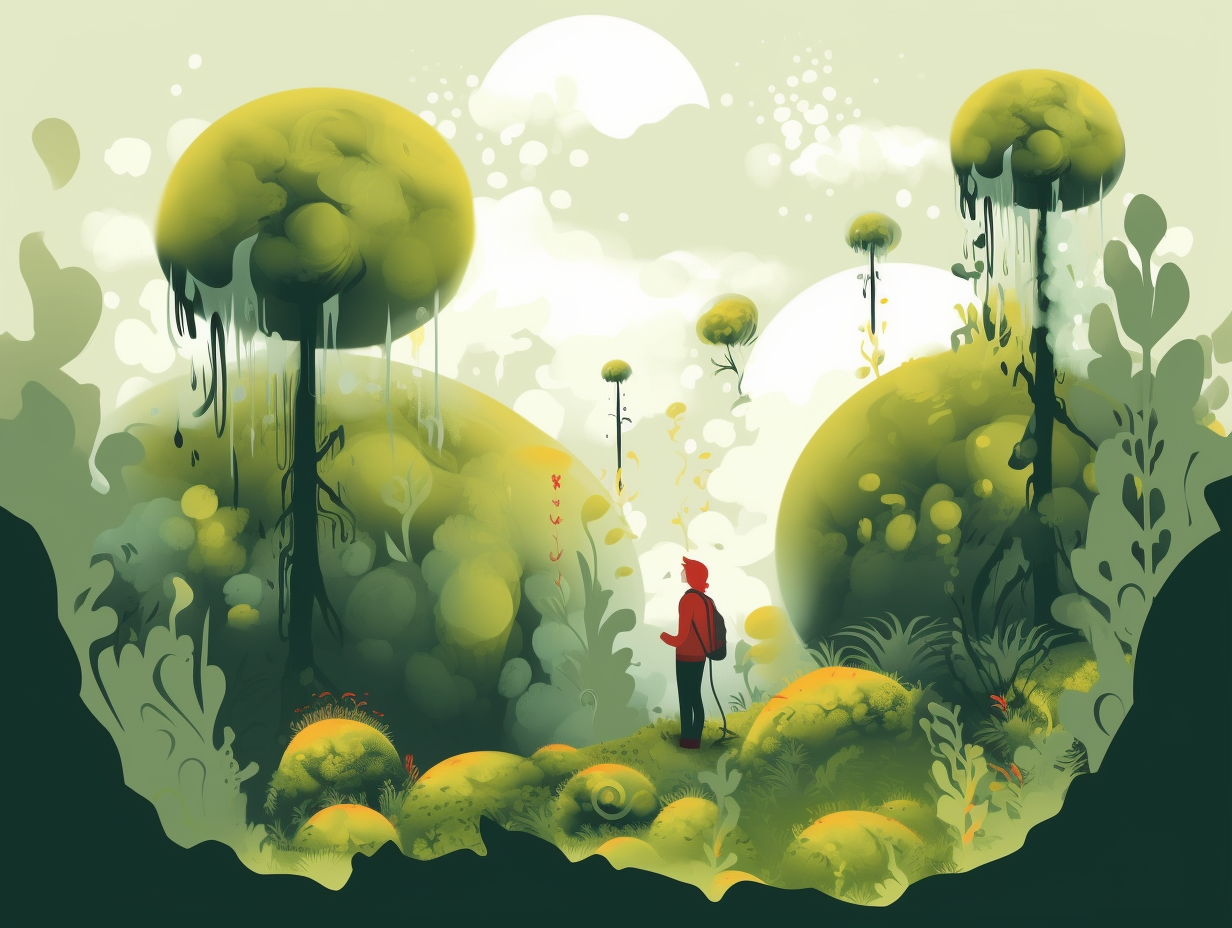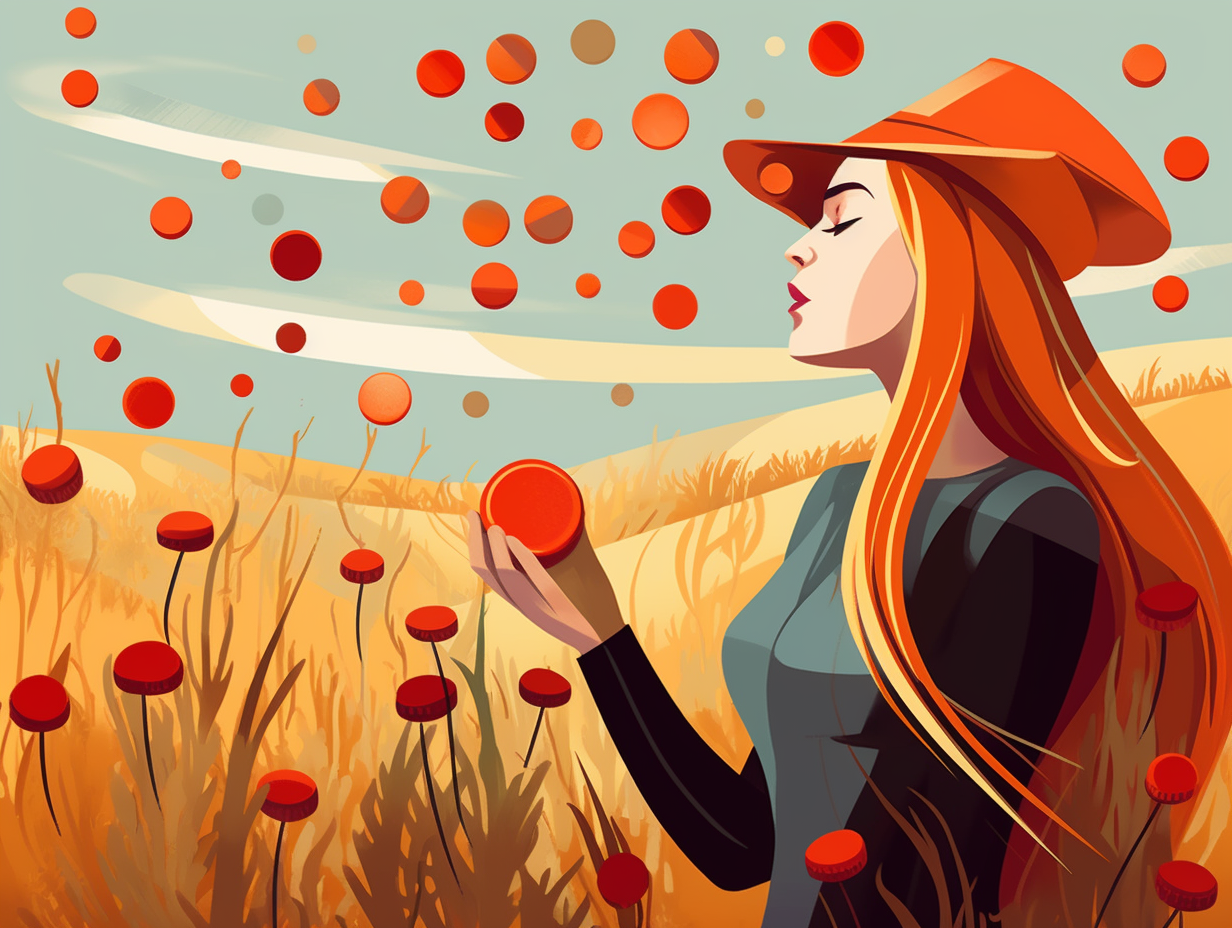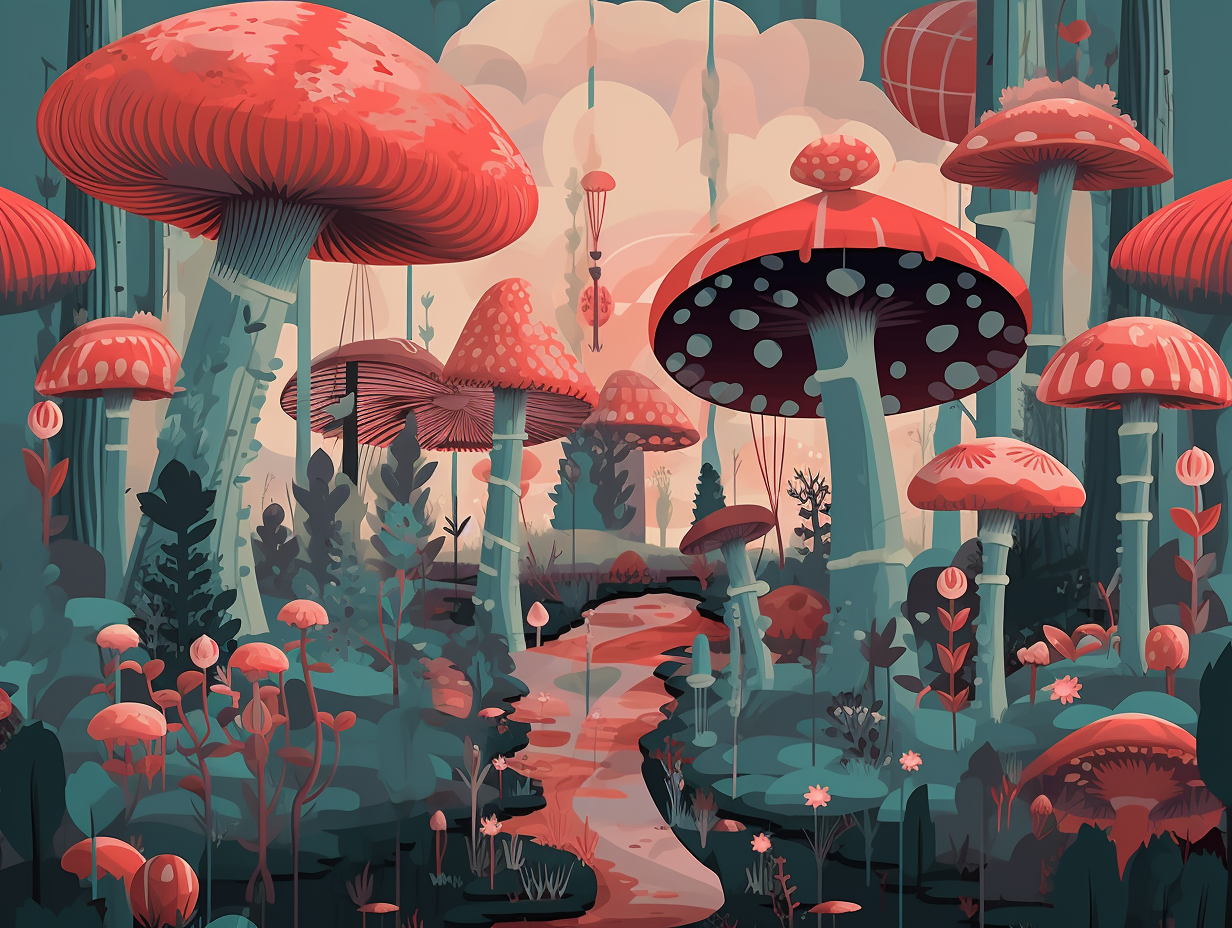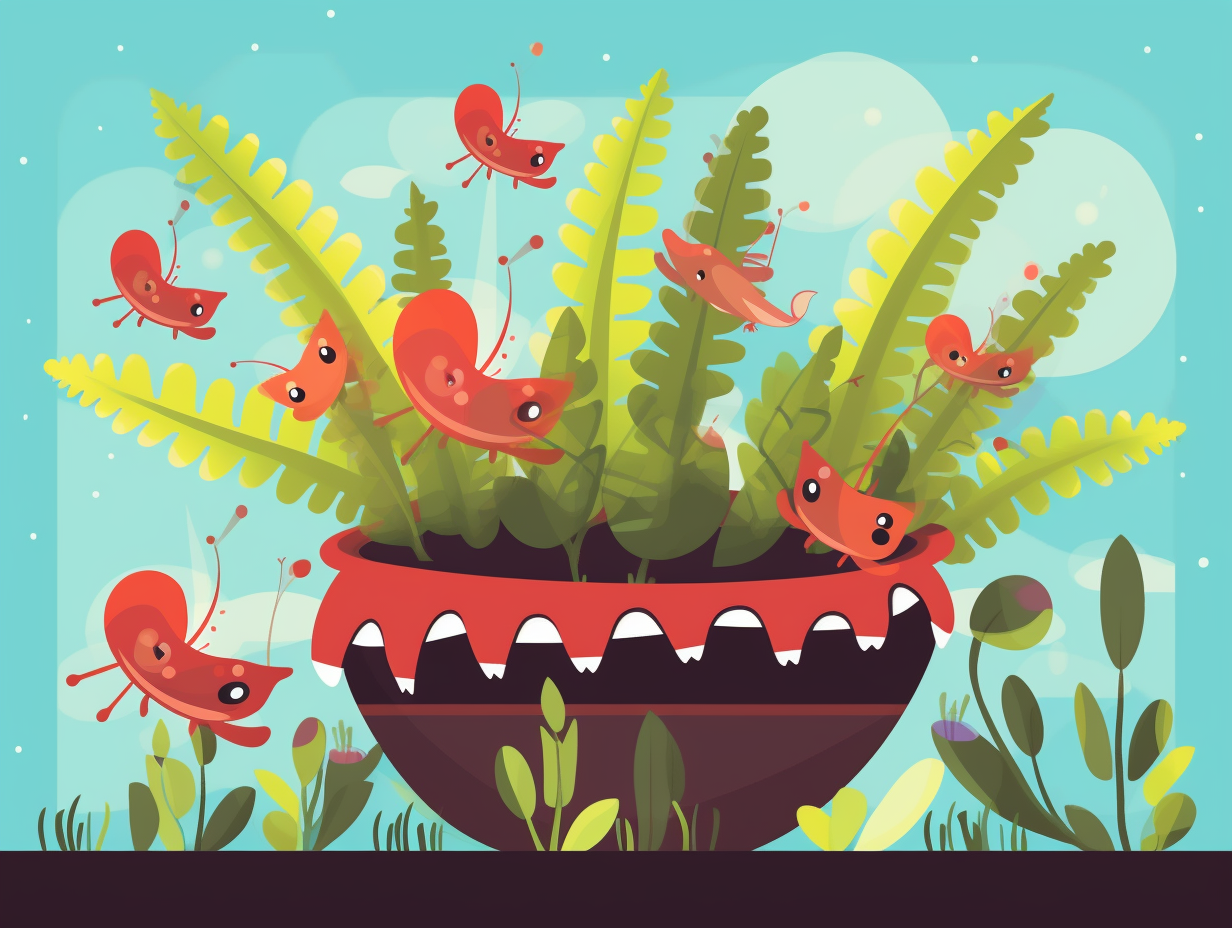Discover the Unbelievable: Top 9 Amazing Bamboo Fun Facts You Never Knew!
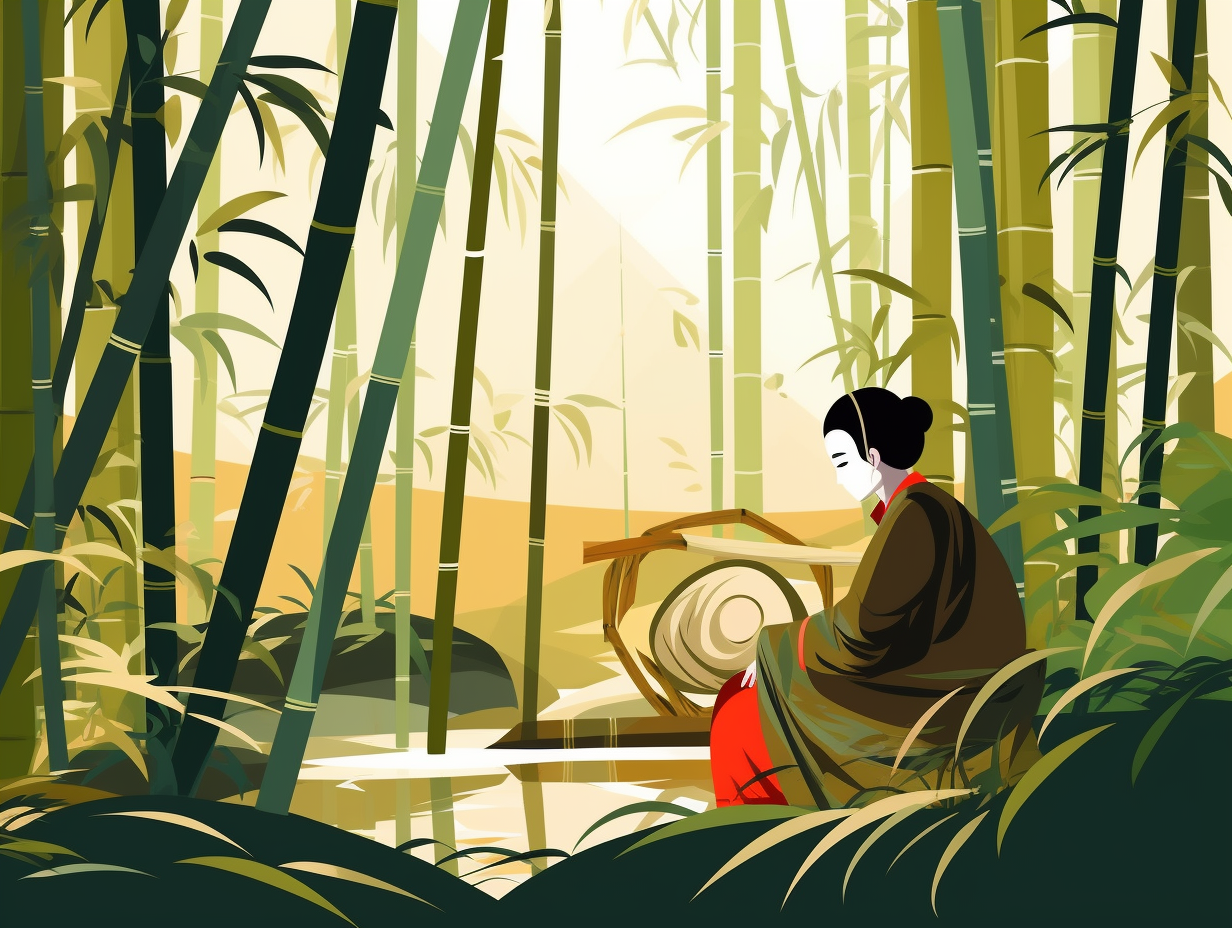
1. Bamboo's Dance Routine
If bamboo were to compete in "Dancing with the Stars," they'd surely have a leg up during the mid-morning and late afternoon routines: Turns out, the highest rates of bamboo growth happen during these specific times when light and humidity curves intersect, creating an ideal environment for them to shoot up. Growth slows down considerably after their primetime, thanks to a drop in relative humidity as temperatures rise.
Source => bambooweb.info
2. The Green Flash Superhero
If Bamboo were a superhero, it would be "The Green Flash" of the plant world, with lightning-fast growth and the ability to save the planet in a single bound: This versatile plant has over 490 species throughout the US and Canada, can grow up to 3 feet in a day, mature in just 3 to 5 years, and release 30% more oxygen than most other plants – dramatically combatting air pollution and soil erosion while having a multitude of uses like construction, clothing, and medicine.
Source => sbcmag.info

Did you know plants have their own way of communicating through scented signals? Discover how they warn each other of dangers and invite some unexpected guests!
=> Fun Facts about Plants
3. Bamboo: Celebrity Gossip Speed
Bamboo shoots to fame faster than a speeding bullet from a superhero comic, outpacing even the gossip about that new celebrity couple: In reality, some bamboo species grow at a staggering rate of 4 centimeters per second, reaching full maturity in just 3-4 months, which makes them the world's fastest-growing plant and a super renewable resource for rural economies and eco-friendly paper production.
Source => reelpaper.com
4. Bamboo: Nature's Health Guru
From warrior pandas to Zen gardeners, bamboo is nature's health guru – and also a jack of all trades: Bamboo not only serves as a sustainable building material, but in traditional Chinese medicine, its shoots are believed to alleviate chronic coughs, bronchitis, and asthma, while its silica content keeps your skin, hair, and nails sparkling too!
Source => blog.foreverbamboo.com
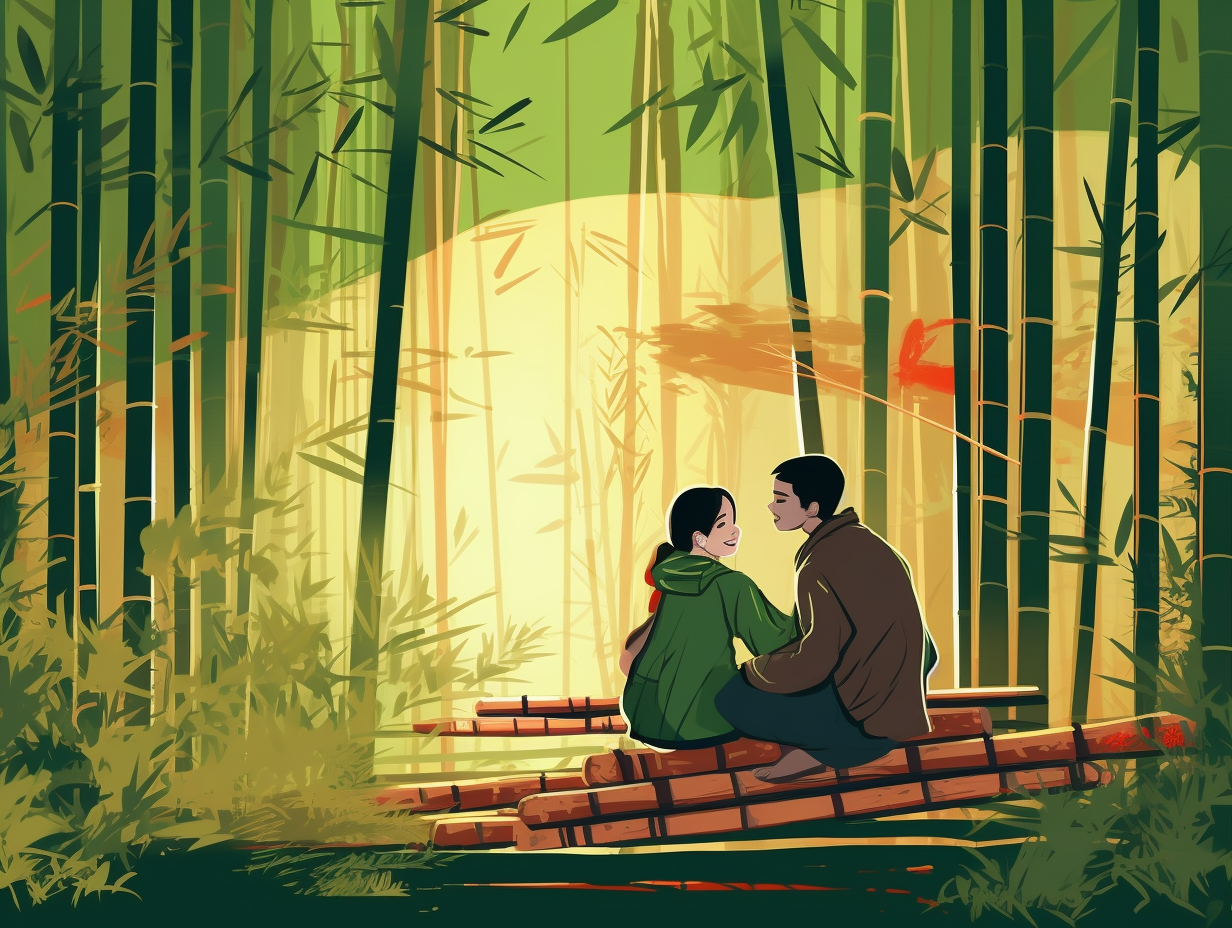
5. Bamboo: The Green Tight Hero
Step aside, Superman! The real hero in green tights is here: Bamboo, with its incredible versatility, is used in construction materials, paper pulp, basketry, utensils, bicycles, and even sports antibacterial and UV-absorbing superpowers in the textile industry, thanks to over 1225-1500 species from approximately 75-105 genera.
Source => ncbi.nlm.nih.gov
6. Kingpins of Biodegradability
If bamboos were fabric moguls, they'd be strutting around as the "Kingpins of Biodegradability": Bamboo is used to create composite materials like bamboo plastic composites by mixing its fibers with plastics, like epoxy resin, to form lightweight and strong materials ideal for various applications. However, keep in mind that while some of these composites are biodegradable, not all epoxies and plastics used in the process are as environmentally friendly.
Source => pandabode.com
7. Bamboozling Starch Content
Feeling bamboozled in the kitchen? Wait till you hear about this super-starchy sneaky shoot: Moso bamboo shoots can contain up to a whopping 68.2% of starch, making these young culms a fantastic alternative for both food and non-food industries, and transforming our relationship with these verdant flexible sticks.
Source => bmcplantbiol.biomedcentral.com
8. Bamboo: Swiss Army Knife of Plants
Bamboo: the Swiss Army Knife of the plant world, moonlighting as the one-stop shop for home makeovers and nature's solution to Kermit the Frog's eco-anxiety: In reality, bamboo is an incredibly versatile material utilized in construction for flooring, paneling, and even as the framework for houses, while simultaneously boasting impressive sustainability and rapid growth rates for guilt-free building endeavors.
Source => guaduabamboo.com
9. A Panda's Bamboo Feast
When pandas go on a "bamboo-zle," they don't just stop at a few bites: Bamboo is the main food source for giant pandas, who can consume up to 30 pounds of it daily, and plays a critical role in sustaining wildlife populations in China, including red pandas and golden monkeys, leading to the restoration of many bamboo forests as part of reforestation efforts.
Source => studycli.org
Related Fun Facts









